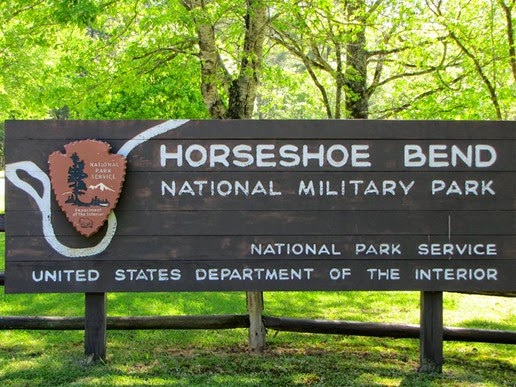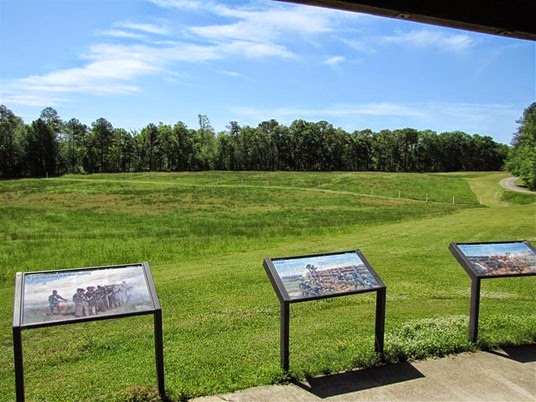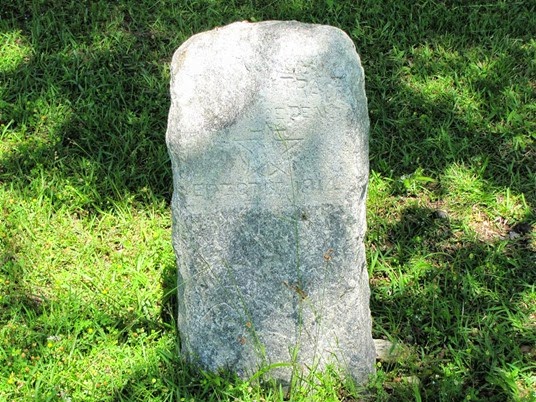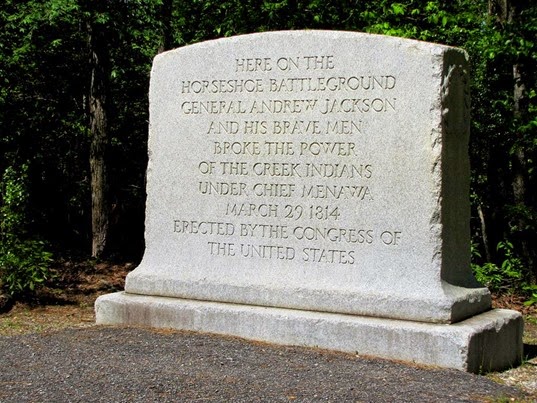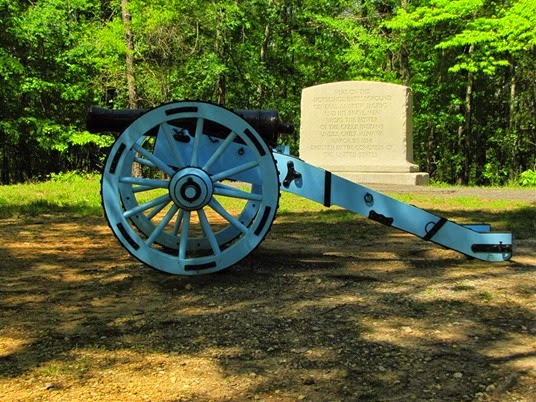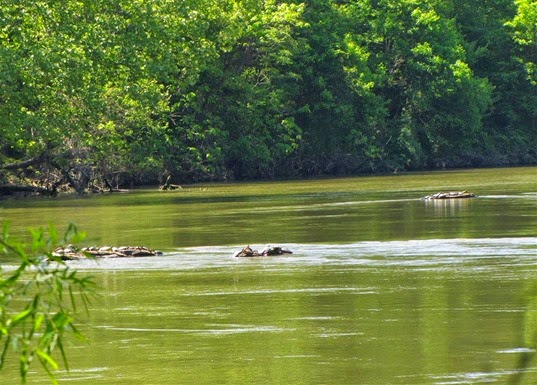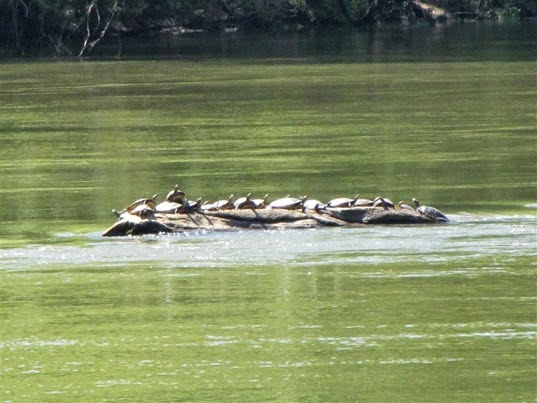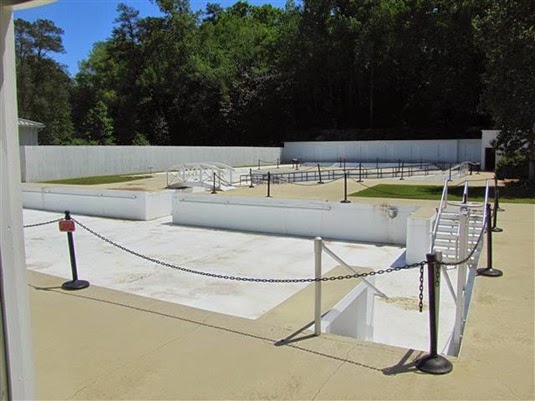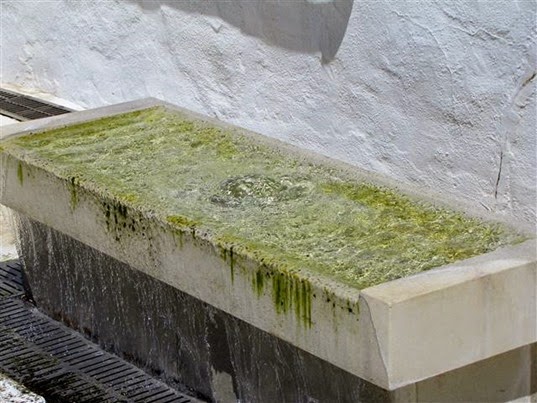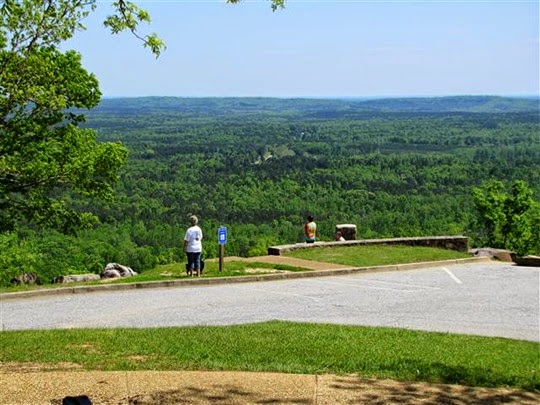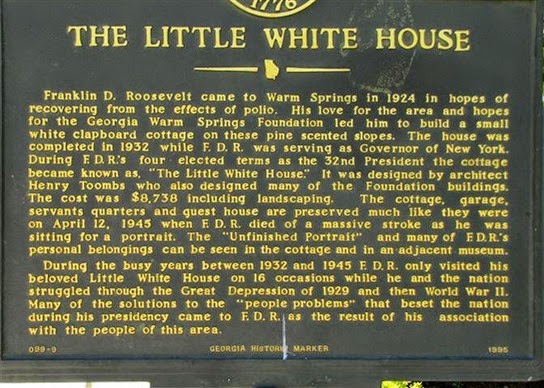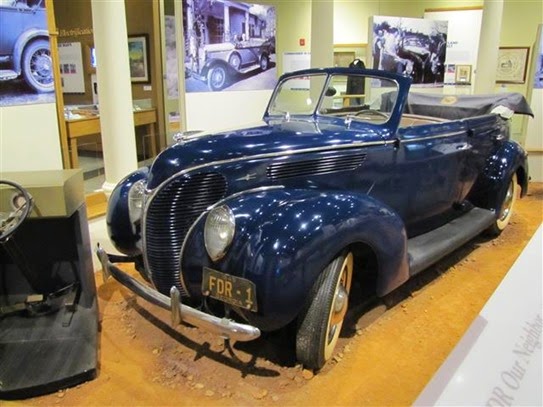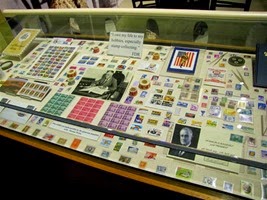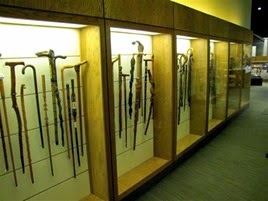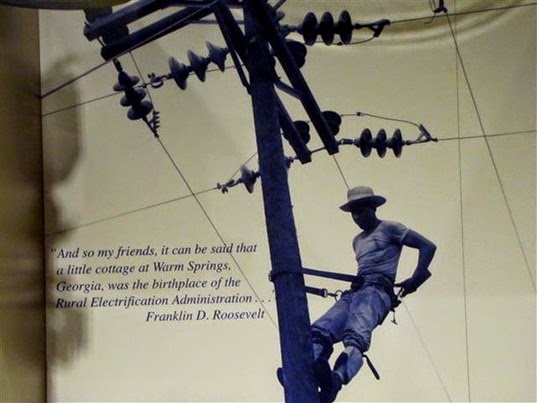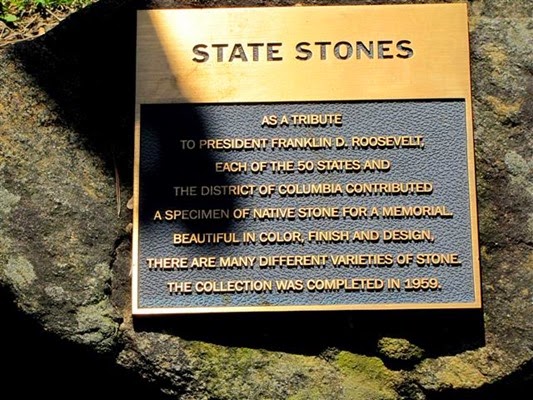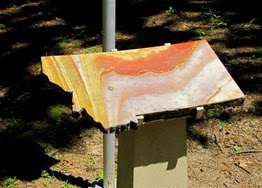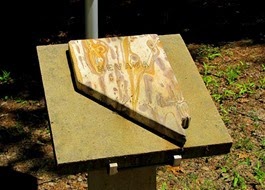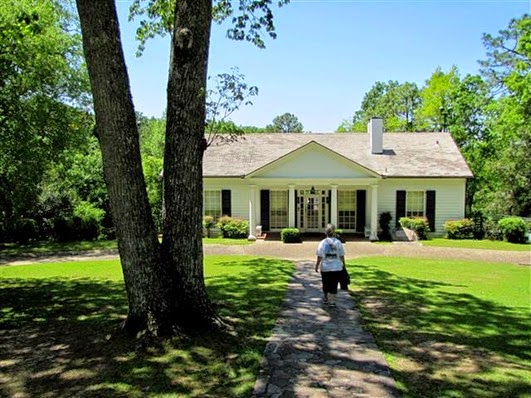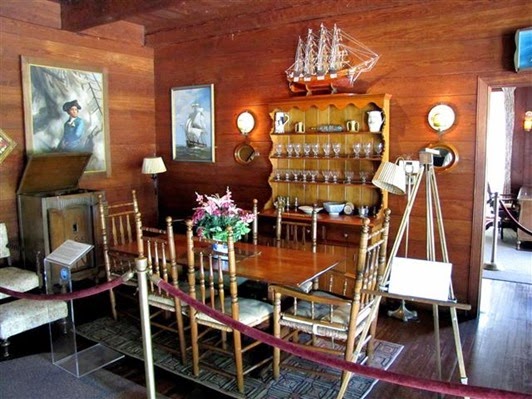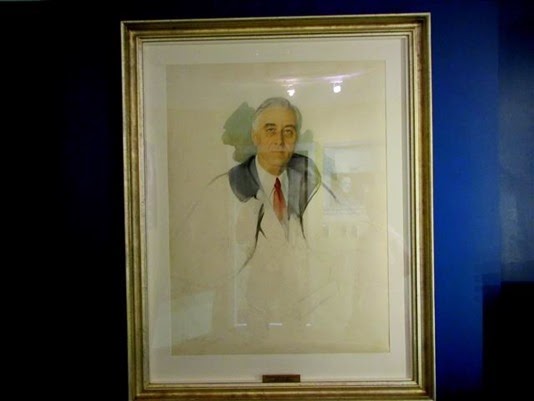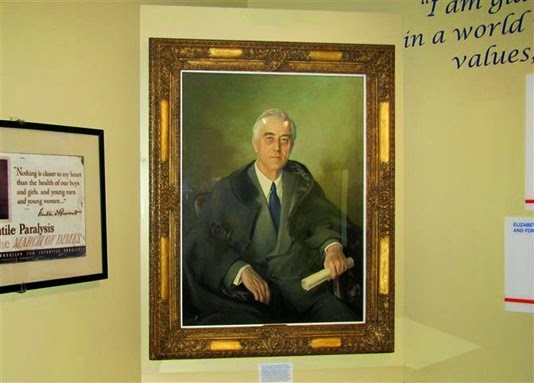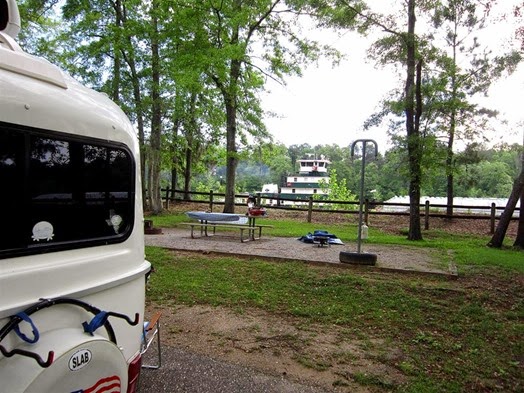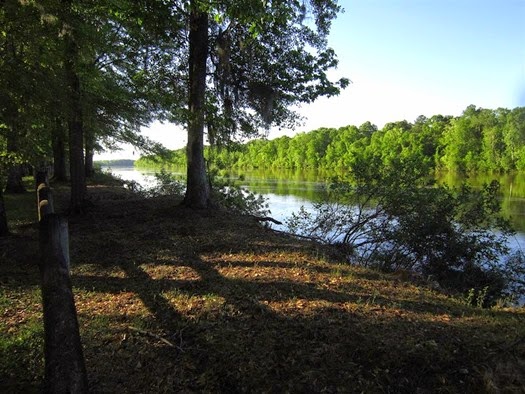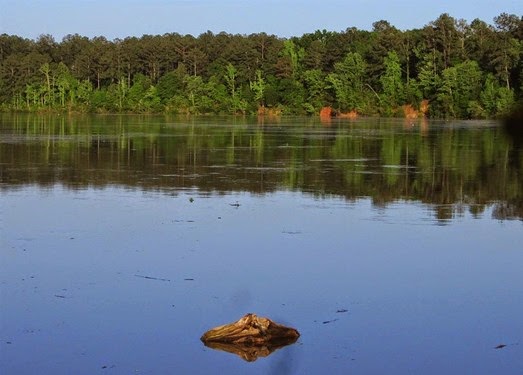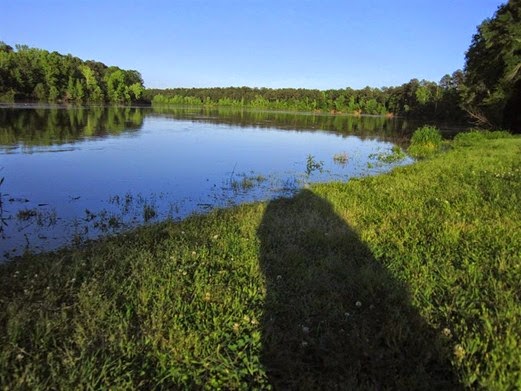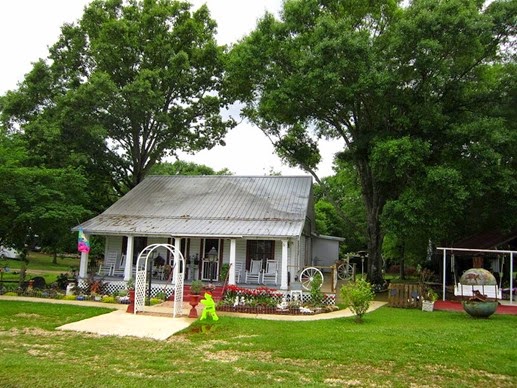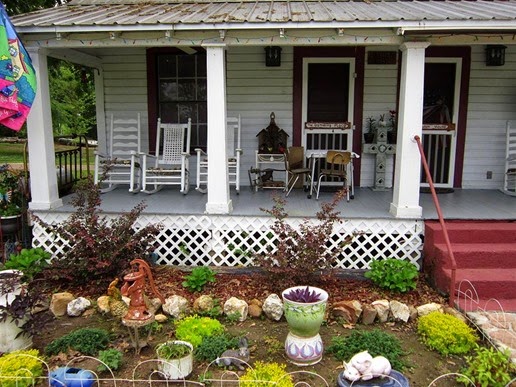How about a history lesson? Do you remember the Battle of Horseshoe Bend? Site of the bloodiest one day Indian battle to ever take place in our Country.
The Creek Indians once controlled much of what is now Georgia and Alabama. Part of a civilization going back for centuries. They maintained a loose confederacy between villages, and managed to get along with the European Nations that lay claim to the area during the 1700’s. Spain, France, and Britain all became trading partners with the Creek Nation. The fledgling United States signed a treaty defining the Creek boundaries and guaranteeing friendship. For over twenty years things remained stable in the region.
It was during this time that a faction of the Creeks became disenchanted. They thought their leaders were becoming too much like the Americans and Europeans. Many were becoming farmers and tradesmen. They were allowing squatters to settle on Creek land.
Much the same as today, a radical group came into power in a part of the Nation. Known as the “Red Sticks”, they began to attack the squatters, and the situation escalated over a short period of time. A massacre at Fort Mims, near present day Mobile, ignited the Creek War. After the death of over 250 settlers, the militias of Tennessee, Georgia, and the Mississippi Territory declared war on the entire Creek Nation in the Fall of 1813.
The leader of the Tennessee Militia was a man named Andrew Jackson. He engaged in two bloody battles with the Red Sticks early in 1814, and managed to drive them into a defensive position inside a horseshoe bend of the Tallapoosa river. An area of less than one hundred acres. The Red Sticks built a long defensive wall across the width of the peninsula. They thought the river would offer them protection from the other three sides.
Not so. Troops swam the river, and torched the village site as the warriors guarded the wall. With Jackson’s army attacking from all sides, the battle was over in less than four hours. Over 800 Red Sticks were killed. The most Native Americans ever killed in a single battle in United States history.
The area is now a small National Park.
The village site.
And, the battle site. The poles define the barricade.
Lots of informative plaques.
A commemorative marker set in 1914. It hasn’t fared too well the last hundred years.
And one from Congress, complete with incorrect date. The battle actually took place on March 27th.
Horseshoe Bend brought an end to the Creek War. A treaty was signed which gave the United states claim to over 23 million acres. Most of this became the state of Alabama.
Lots of American hero’s were with Jackson during the Creek war. Sam Houston and Davey Crockett are familiar names. Jackson used the war as a springboard to the Presidency. Two years after being elected he signed legislation to force the movement of the Southeastern tribes to lands West of the Mississippi River. Thus began “The Trail of Tears”.
It’s quiet now on the Tallapoosa River. No battles, no railroads.
Only the turtles, enjoying a sunny day.
The Creeks did leave a legacy behind. The area of East Central Alabama is filled with names such as Loachapoka, Notasulga, Talassee, Cusseta, Wetumpka, and many more.
If you haven’t noticed, I love history?…..jc
